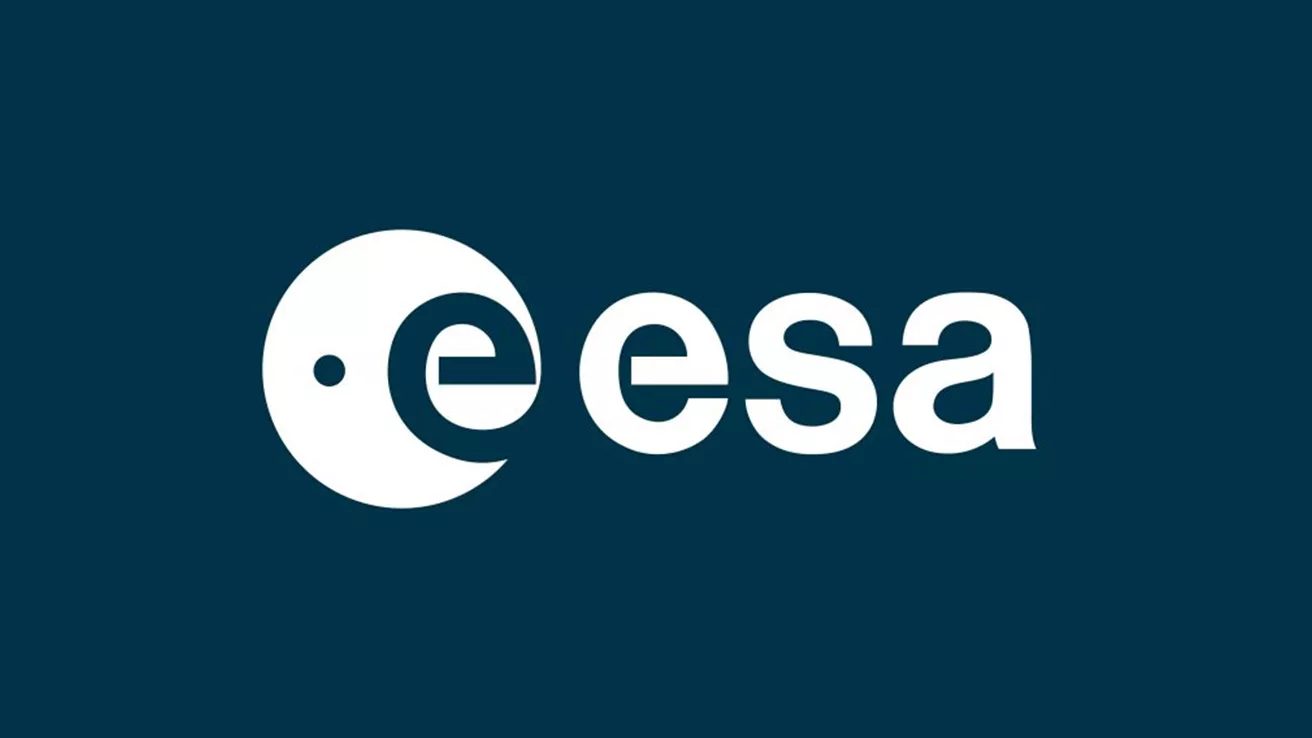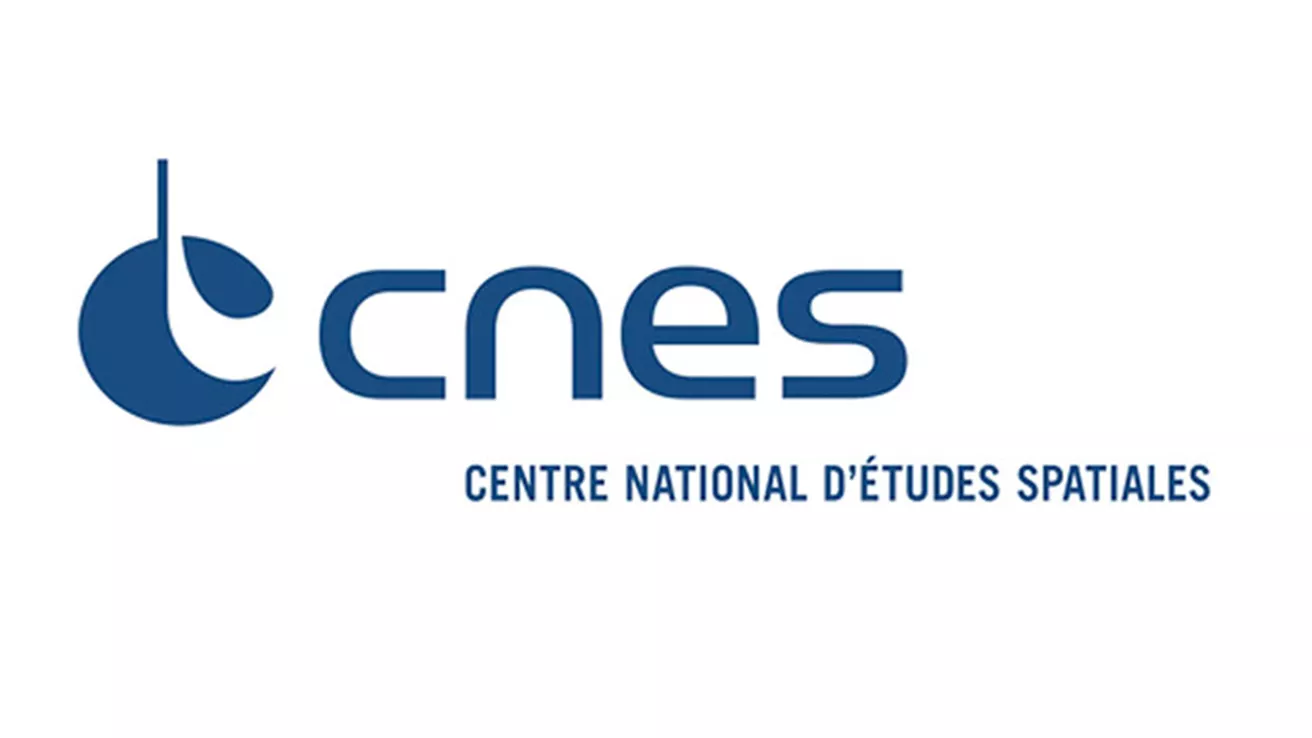At NESDIS, we build relationships here at home and around the world, as we seek global solutions to shared challenges. Our partnerships ensure that data collected both remotely from satellites in space and here on Earth can be efficiently shared and processed.
NOAA works with the international community, sharing the Earth observation data required for weather and environmental prediction on a full, free, and open basis.

International Partnerships
NOAA’s GOES East and GOES West aren’t just part of an esteemed pair of sister satellites, they also belong to an international group of partners in the sky. While GOES East and West keep watch over the Western Hemisphere, their foreign counterparts on the other side of the world image the Eastern Hemisphere. These satellites make up a core geostationary satellite team that provides accurate real-time data to NOAA and the United States. EUMETSAT: Formed in 1986, (EUMETSAT) is an international organization composed of 30 member states from across Europe that operates geostationary satellites over Europe and Africa as well as polar-orbiting satellites. NOAA and EUMETSAT signed a Long-Term Cooperation Agreement in August 2013, building on a 30-year partnership in geostationary, polar-orbiting, and ocean altimetry satellites that has brought tremendous cost-saving benefits and increased the robustness of our observing systems. NOAA and EUMETSAT co-operate the Jason-2 and Jason-3 ocean altimetry satellites.

European Space Agency
The European Space Agency is an independent international organization composed of 22 member states from across Europe. In addition to exploring our solar system and supporting human spaceflight through its astronaut corps, ESA has a robust Earth observation program. ESA is also launching and operating, in coordination with the European Union and EUMETSAT, a series of Sentinel satellite missions that will provide key Earth observation data to users around the world.

Centre National d'Études Spatiales (French Space Agency)
NOAA and CNES have worked closely in several areas. Since 1978, Argos, a data collection and location relay system administered under an agreement between NOAA and CNES, collects a wide variety of in situ measurements, including data on atmospheric pressure, sea temperature, ocean current velocity, animal migration patterns, and river water levels. In addition, NOAA works with CNES on the joint CNES-NASA TOPEX/Poseidon altimeter mission, initially launched in 1992 and expanded in 2008 with the launch of Jason-2 and again in 2016 with the launch of Jason-3.

Japan Meteorological Agency (JMA)
Our partnership with the JMA includes mutual backup arrangements for geostationary satellite systems over the Pacific Ocean. NOAA’s GOES-R satellite series and Japan’s Himawari satellite carry similar advanced imagers. JMA and NOAA actively participate in the Coordination Group for Meteorological Satellites.
Commercial Partnerships
Working with the commercial sector, we build and develop satellite observation systems from spacecraft to ground segments, while simultaneously exploring innovation in the marketplace to find new ways to deliver on our mission. In an effort to align with the Administration’s commercial space expansion, NESDIS has released a number of Requests for Information (RFI) and Requests for Proposals (RFP). NESDIS has also recently awarded contracts to support delivery of NOAA’s critical mission to the Nation. The NOAA Big Data Program (BDP) will provide public access to NOAA's open data on commercial cloud platforms through public-private partnerships. These partnerships will remove obstacles to the public use of NOAA data, help avoid costs and risks associated with federal data access services, and leverage operational public-private partnerships with the cloud computing and information services industries.
The Big Data Program will combine three incredibly powerful resources: NOAA's expansive collection of high-quality environmental data and expertise, the vast infrastructure and scalable computing capabilities of our industry partners, and the innovative energy of the American economy. The NOAA Commercial Space Policy calls for NOAA to explore and pursue demonstration projects to validate the viability of adding commercial environmental data and products into NOAA’s meteorological models and to meet NOAA Earth observation requirements. NOAA’s Commercial Weather Data Pilot (CWDP) will serve as one such demonstration project. NOAA will evaluate commercial data to demonstrate the quality of the data and its impact to weather forecast models, and to inform NOAA’s process for ingesting, evaluating, and utilizing commercial data in the future.
